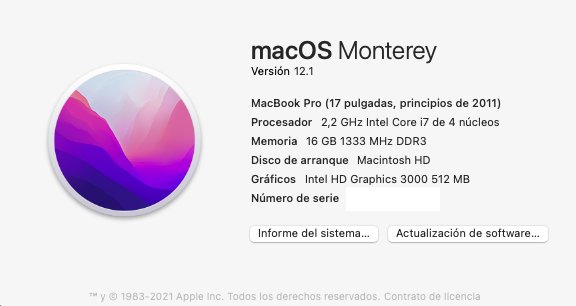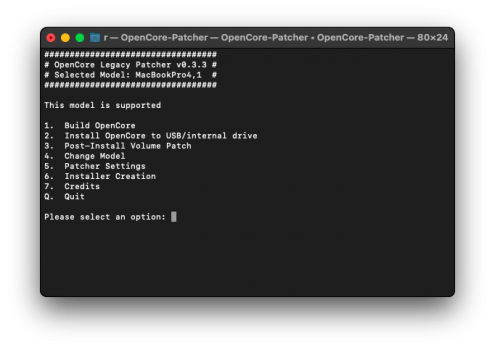If the startup disk selection screen is OpenCore, then it's behaving as expected - during the install process, you'll see OpenCore a few times, and each time it will continue the installation process without you having to press a key.This is my 6th time installing Big Sur because each time I couldn't get OCLP/Monterey to load to that final desktop screen. I've been using Macs for decades including development. Also isn't my first Hackintosh.
I've followed Mr. Macintosh's video and the OCR instructions several times.
I get to the startup disk EFI boot screen, then install Monterey, the the Recovery window opens then install Monterey, Apple logo betting then instead of the final Monterey desktop I get the "startup disk" selection screen again.
I don't think Command-Option-R is required.I have erased the SSD and formatted several times using (Command-Option-R) OTA Big Sur installer.
After installing OpenCore using OCLP to an EFI partition (the EFI partition of the internal SSD), you should be able to boot into it by holding the option key at boot to get into the Mac's Startup Manager (boot picker). Use the arrow keys to select the OpenCore EFI option, hold the Control key down, and press enter to make it the default boot loader. This will also startup OpenCore, where you select the installer.
The installer has Disk Utility which you can select from the Utilities menu in the installer.
The installer is only ≈13 GB. It should be HFS+. It's simpler that way. I don't think you gain anything if it was APFS.I know for OCLP we have to use Mac OS Extended (Journaled) to format the USB flash drive but I'm wondering if we can use AFPS? Also, should I be using a non-flash drive? i.e. a proper external SATA/SSD drive or doesn't matter?
You can create a 16 GB HFS+ partition on your internal SSD and use that as the destination for the
createmedia command to put the installer there so it loads/runs faster.The partition that you install Big Sur or Monterey to should be APFS. If it were HFS+, the installer will convert it to APFS but I got some weird errors from the Finder after booting into the new OS saying "The home folder for user "joevt" isn't located in the usual place or can't be accessed." and I had to manually fix the permission and owner of the Data volume at /System/Volumes/.



